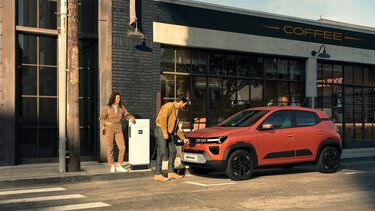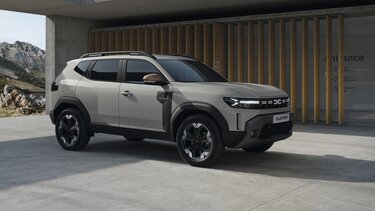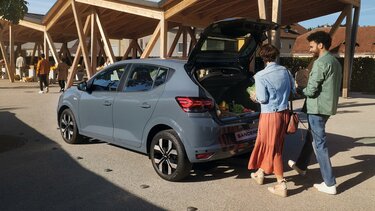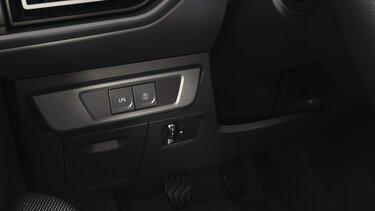Dacia Insights
Behind the Drive. Stories, ideas, and perspectives from Dacia.

Electric car leasing or LTO
21/11/2024

What is an SUV?
30/09/2024

City car or family car?
18/09/2024

Why drive on LPG?
01/07/2024
Behind the Drive. Stories, ideas, and perspectives from Dacia.

21/11/2024

30/09/2024

18/09/2024

01/07/2024